10 Things to Know Before Buying a Shipping Container
Buying a shipping container is a big decision, and it’s worth taking time to learn the ins and outs of such a purchase. This way, you’ll save yourself from surprises later and find the foundation of whatever you’re building.
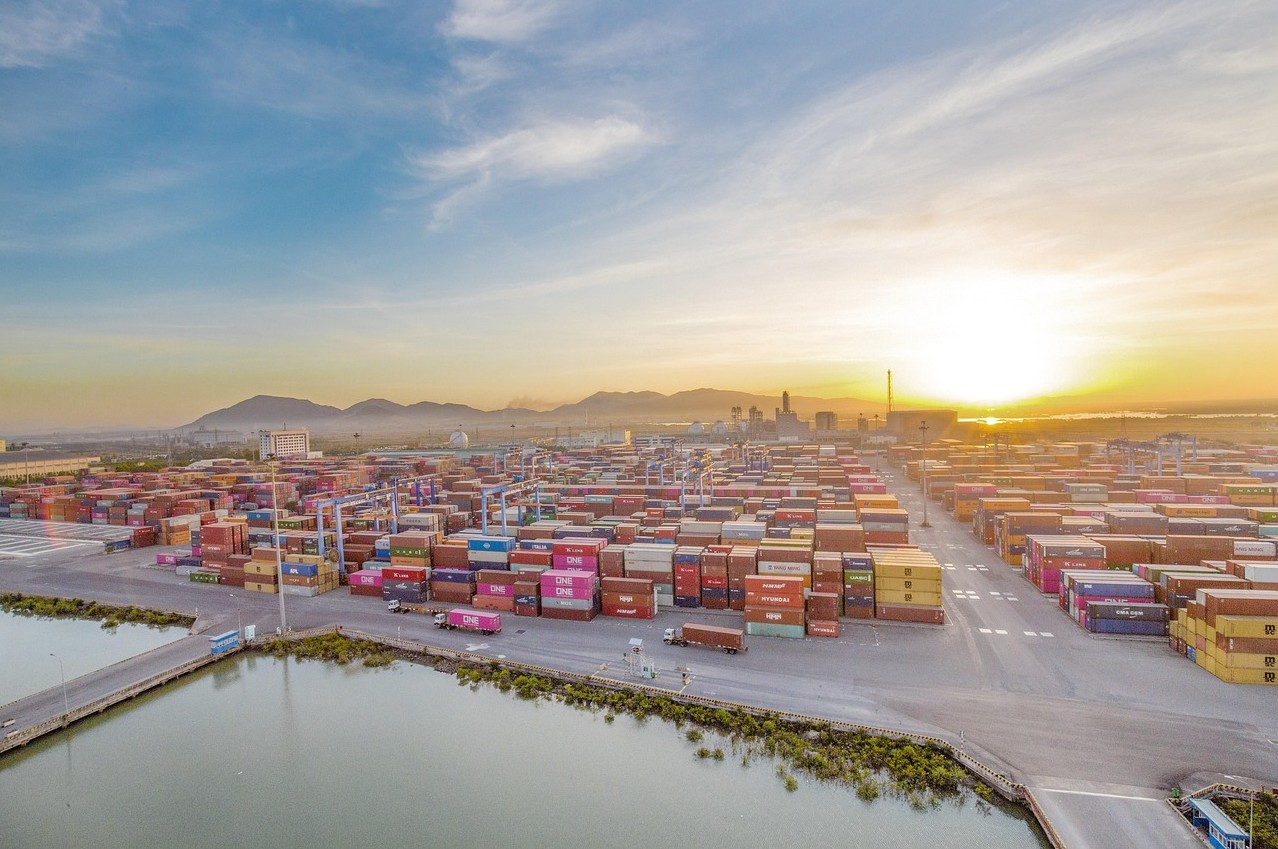
Main Things to Understand Before Buying a Container
You can’t just pick a container and click on “Buy now”. There are ten important details to think through before purchasing these steel boxes.
Purpose of Buying the Container
First, take your time to think about what you’ll use a container for:
- If you need a container for storage, think about what you’ll be keeping inside, and then choose a standard container for general storage or an insulated/refrigerated container for temperature-sensitive cargo.
- If you want to turn a container into a home, workspace, or vacation rental, consider ventilation, insulation, and the need for windows or doors.
- Many businesses use shipping containers as portable office spaces, pop-up shops, workshops, or cafés. For business purposes, you’ll need a durable, easy-to-customize, and visually appealing container.
- If your project falls into the creative category (art installation, mobile gym, vertical garden, etc.), you’ll need to choose a container type and size that suits your vision.
Narrow down your options: a container that’s perfect for storage may not cut it as a home, and a creative project may require more structural modifications or added features.
Container Size and Dimensions
Consider what you plan to use your container for, the space you have to work with, and how you’re planning to move it later.
The two most common container dimensions are 20 feet and 40 feet in length. A 20ft container offers about 160 square feet of floor space, while a 40ft container doubles that to roughly 320 square feet. Both sizes usually come in standard (8.6 feet tall) and high-cube (9.6 feet tall) versions, the latter giving you extra headroom. If you’re working on a small-scale project, you can also find 10-foot containers, great for compact spaces.
Make a list of items you want to keep inside and measure how much space they’ll take up. If you want to turn the container into a living or commercial space, consider how much elbow room you’ll need. Measure the space where your container will sit and make sure it’s enough for delivery and setup.
Transporting a container isn’t as simple as loading it onto a pickup truck: large options, like the 40ft or 45ft containers, require bigger trucks and come with higher delivery costs. Also, check any local road restrictions, as some areas have limits on the sizes of what can be transported.
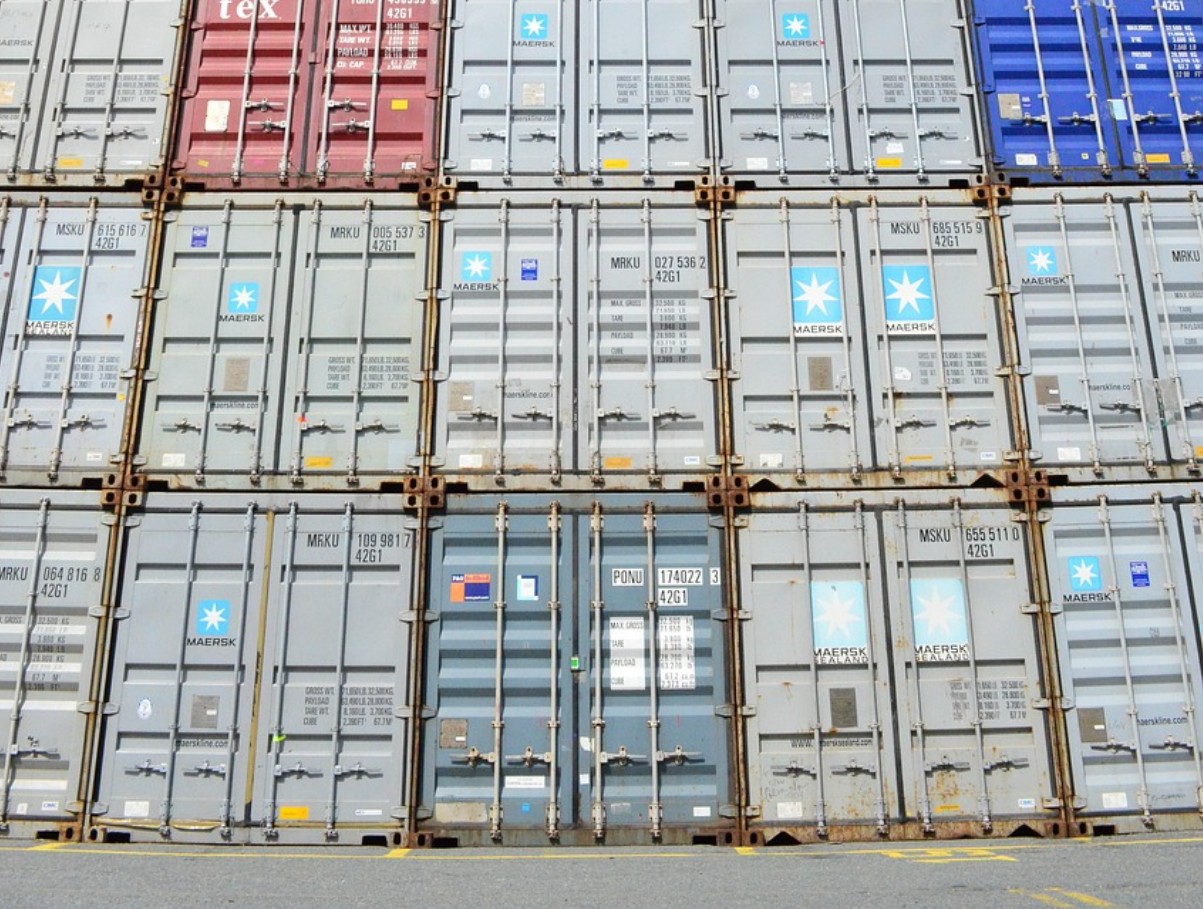
New or Used Shipping Container
One of the first choices you’ll face when buying a shipping container is whether to choose a brand-new one or a used one:
- A new container, or a “one-trip container”, has only been used once to transport cargo. Since it’s practically fresh from the factory, it has no dents, rust, or wear and tear, meaning no repairs or refurbishments are needed. However, it is significantly more expensive than a used container.
- Used containers come in various conditions, ranging from lightly used to heavily worn. They’ve likely seen multiple trips overseas and may show signs of age like scratches, dents, or even rust. You’ll often hear terms like “cargo-worthy” or “wind and watertight” to describe their usability. These containers are much cheaper than new ones, but there’s a potential for hidden issues and structural problems, so you need to inspect the container thoroughly.
If you have a flexible budget and need a visually flawless and problem-free container, choose a new one, but if you want to save money and don’t mind a few dings, a used container can fit your project just as well.
Container Materials and Construction
Most shipping containers are made from Corten steel, a weathering steel that’s designed to withstand harsh environmental conditions. This material develops a protective layer of rust over time throughout the container construction, which prevents deeper corrosion.
Some containers, particularly those designed for air freight or specific cargo, are made from aluminum, a lightweight, non-corrosive material, which is more flexible than Corten steel.
Beyond the walls, it’s important to look at the container’s flooring. Most standard containers have marine-grade plywood floors, but some specialized units include steel or other materials. Plywood is treated to resist pests and moisture, steel floors are rare but available in certain containers.
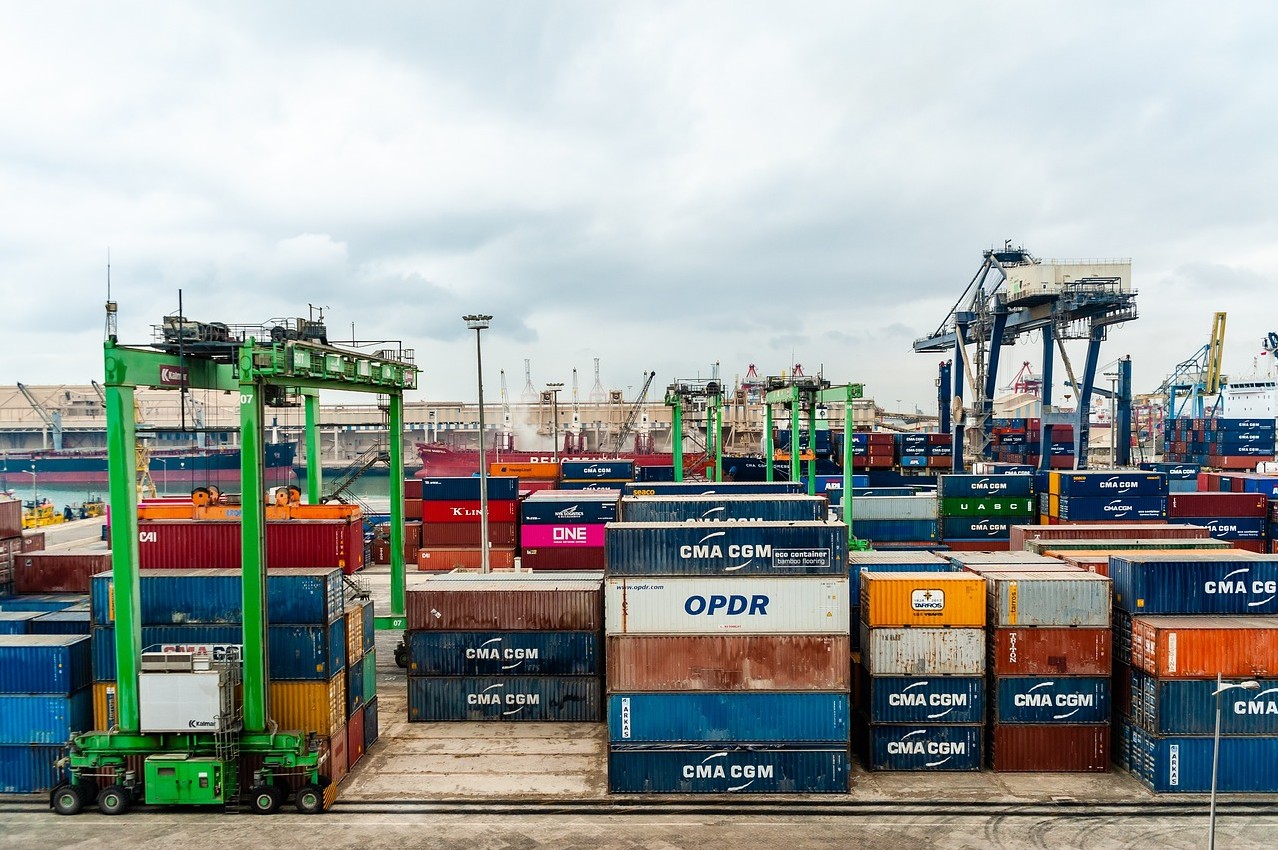
Costs Involved in Buying a Shipping Container
The price tag you see when buying a shipping container isn’t the whole story, there are more costs involved:
- The container itself. If you want a new container with zero wear and tear, expect to pay anywhere from $2,500 to $5,000 for a standard 20-footer or from $4,000 to $8,000 or more for a high cube one or a specialized container like an open-side option. Used 20ft containers often run between $1,500 and $3,000.
- Delivery fees. Delivering a container to your property can cost anywhere from $300 to over $1,500, depending on how far you live from the seller and the size of the container (larger ones require specialized transport).
- Modification costs. Upgrades like windows, insulation, and electricity quickly add up to the payment.
- Permits and paperwork. Zoning permits are often required for placing residential, commercial, or modified containers on your property; building permits may also be necessary for structural modifications. The fees range from $50 to several hundred dollars.
- Hidden but predictable costs: inspections, site preparation, maintenance.
- Taxes and fees if you’re shipping your container internationally (or even cross-state).
When you know what to expect, you’re less likely to run into unwanted surprises.
Modifications and Customization Options
Shipping containers start as plain steel boxes, but they can become a home, retail space, office, studio, or a pop-up shop with the right modifications, for example:
- windows and doors;
- insulation and climate control;
- electrical and plumbing systems;
- paint and coatings;
- flooring and interiors.
If you’re feeling ambitious, you can go beyond basic construction customization and add features like a staircase or ladder, install a rooftop garden or outdoor seating area, or divide the interior into sections for different activities and purposes.
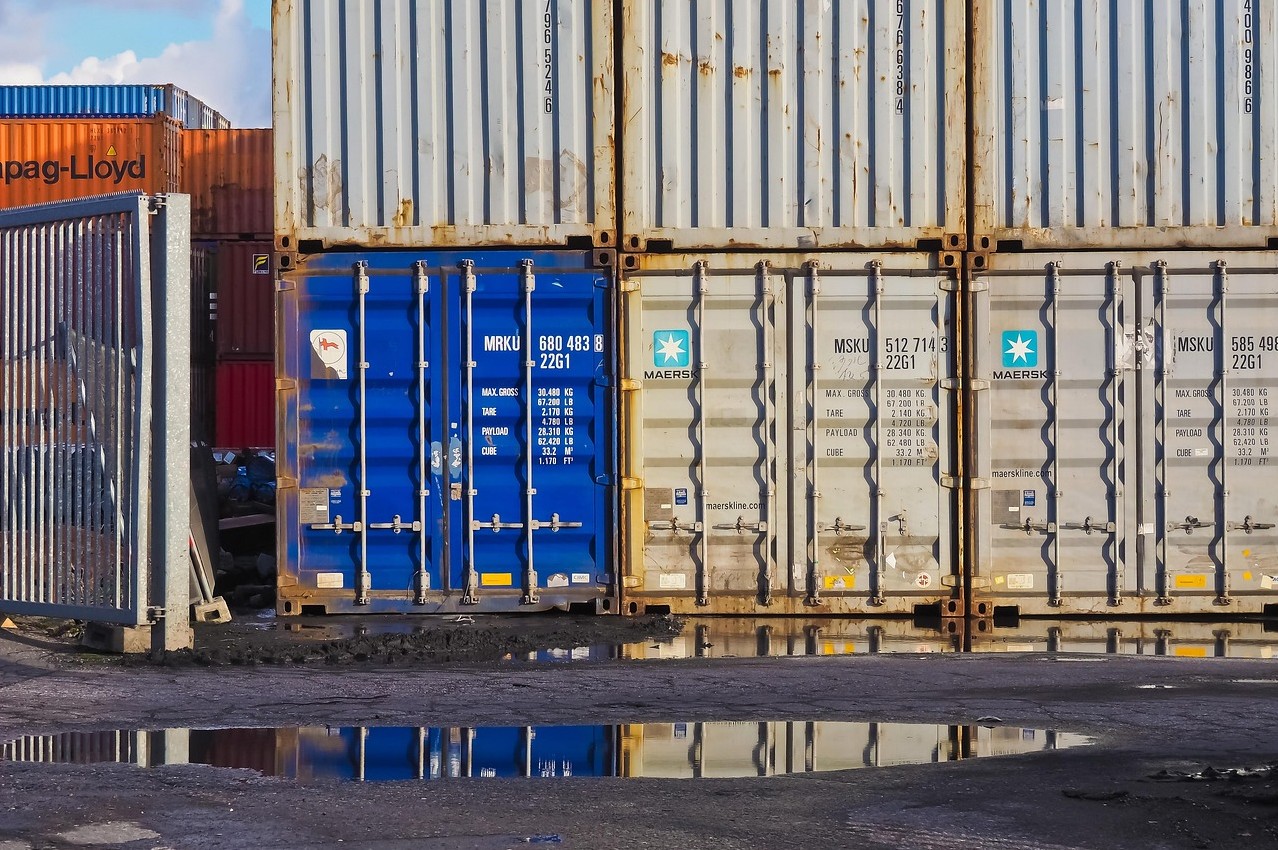
Understanding Local Zoning Laws and Regulations
Zoning laws exist to maintain order and ensure that different types of land are being used appropriately, they dictate where certain structures can be placed and how they can be used.
Using a container as a home or workplace requires specific permissions as some areas only allow containers for storage purposes, and certain ones don’t allow large structures like containers on residential properties, or they may limit where you can place them (e.g., not in front yards).
Your city or county planning office is the best place to get up-to-date information on whether shipping containers are allowed in your area, what permits you’ll need, and any restrictions to keep in mind. Zoning regulations are often available online.
When applying for permits, you may need to submit detailed plans showing where the container will go, how it will be used, and any modifications you’re planning. Photos of the property and diagrams of the container setup will speed up the process.
If you ignore local zoning laws, you will face fines, be ordered to remove your container, or even find yourself in a lengthy legal battle with local authorities.
Longevity Considerations and Maintenance Tips for a Long-lasting Investment
A shipping container’s lifespan often exceeds 25 years, but that depends on material quality, weather exposure, and rust prevention, so you’ll need to take care of your container properly:
- inspect it regularly for rust spots, dents, and any signs of structural damage;
- clean your container often to remove dirt, debris, and salt, especially if it’s near the coast;
- to keep the steel safe, paint it with marine-grade paint or a rust-proof coating every few years;
- as soon as you see any rust spots, get rid of them;
- prevent excessive moisture accumulation by ensuring appropriate airflow;
- to raise the container and provide enough drainage, use a foundation such as steel posts, treated hardwood beams, or concrete blocks;
- remove any snow or other debris from the roof regularly;
- check the seals around the doors and any additional openings (like windows or vents) periodically, and replace damaged gaskets or weather stripping as needed to keep water out.
If your container suffers any dents or structural damage, repair it right away as small dents will compromise the integrity of the steel and lead to rust or more serious problems.
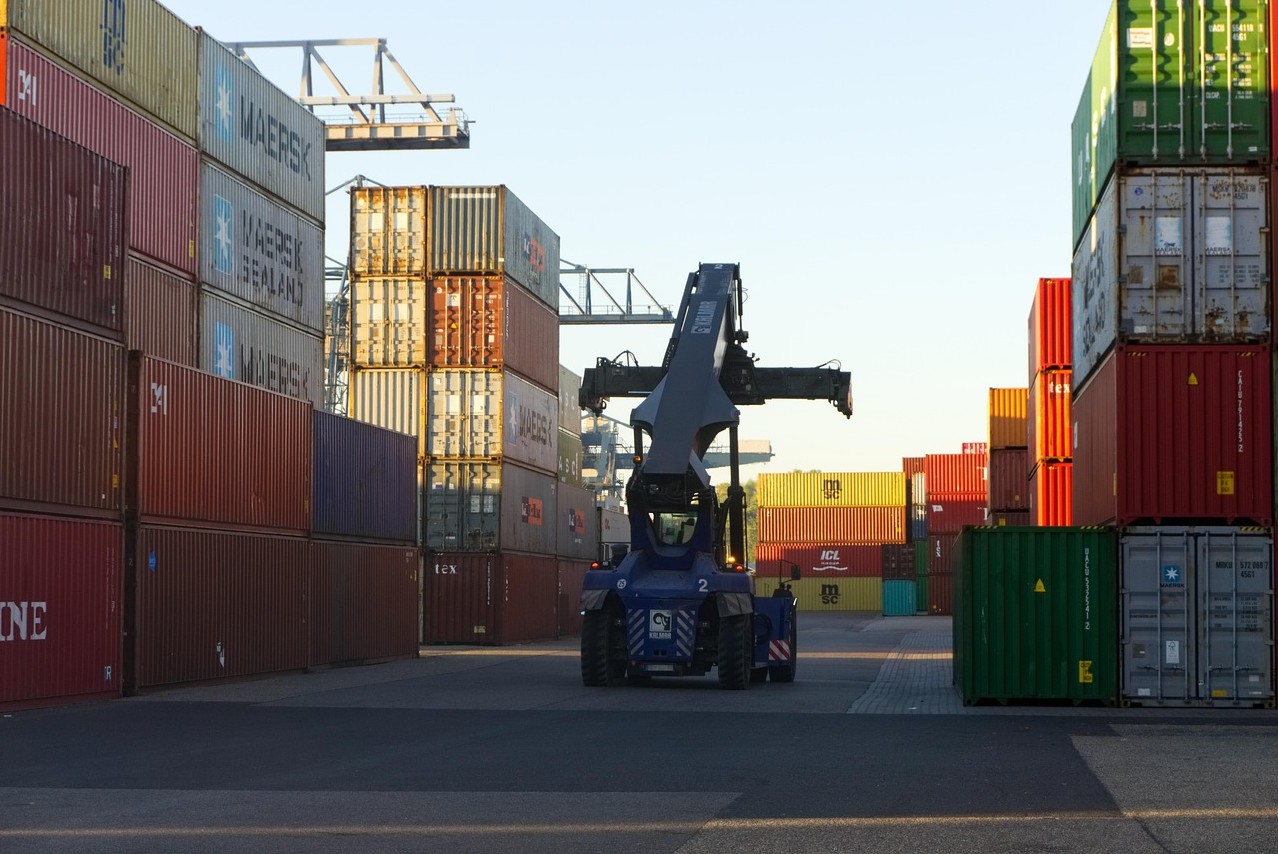
Factors Affecting Transport Costs
Unsurprisingly, the farther the container has to travel, the more it’ll cost, and transportation companies don’t just charge for the miles; they charge for time, wear and tear, and logistics too.
Shipping prices are also affected by the container’s dimensions and weight. A typical 20-foot container, being lighter and taking up less room on the delivery vehicle, will be much cheaper to carry than a bigger 40-foot container.
Your delivery location should be accessible: if the site is easy to access, like a large open field or a driveway off a main road, delivery will likely be straightforward and less expensive. However, if the location is in a remote area, requires navigating narrow roads, or includes obstacles like steep inclines or low-hanging power lines, specialized expensive equipment will be required.
Understanding local zoning laws and regulations regarding container placement
You risk penalties, delays, or even removal orders if you disobey zoning regulations, which dictate what you may and cannot do on your land. The purpose of these regulations is to maintain order in communities and to strike a balance between individual initiative and collective norms. For instance, there may be regulations regarding the size, location, or even aesthetics of storage containers in some regions, while in others they are acceptable. Without zoning, someone may install a glaring, brightly colored container right in the middle of a historic neighborhood — not exactly neighborly.
Before you buy a container, head to your local zoning or planning office to get insights on regulations where you live, or give them a call and explain what you’re planning. They’ve heard it all before and can guide you in the right direction.
Conclusions
Buying a shipping container is exciting, but it’s not as simple as picking one out and having it delivered to your location. There’s a lot to think about, so consider all these ten factors and don’t be afraid to seek expert advice when you need it, for example, check out our container-buying guide.
What are the advantages and disadvantages of buying a shipping container?
Shipping containers are tough, budget-friendly, and great for storage, housing, or business needs, but their disadvantages include transport costs, zoning restrictions, and maintenance to prevent rust or wear.
Why is it important to inspect a shipping container before buying?
Inspections help you avoid problems later, so look for rust, dents, water damage, and door issues, and if you can’t see a container in person, ask for photos or hire an expert.
What customization options are available for shipping containers, and how do they impact the price?
After the purchase, you can add doors, windows, ventilation, insulation, and even turn your container into a tiny home. But remember, every modification adds to the payment, so choose based on your budget.
How can I assess the condition of a used shipping container before purchasing?
Check outside for rust and dents, inside for leaks and warped floors, and test the doors and seals.
How do you determine the right size of the shipping container for your needs?
Think about your needs and the space available. Standard sizes are 20 feet and 40 feet long: a 20-foot container suits smaller storage needs and tight spaces, while a 40-foot container offers twice the space for larger projects.

 Vanessa Joy
Vanessa Joy